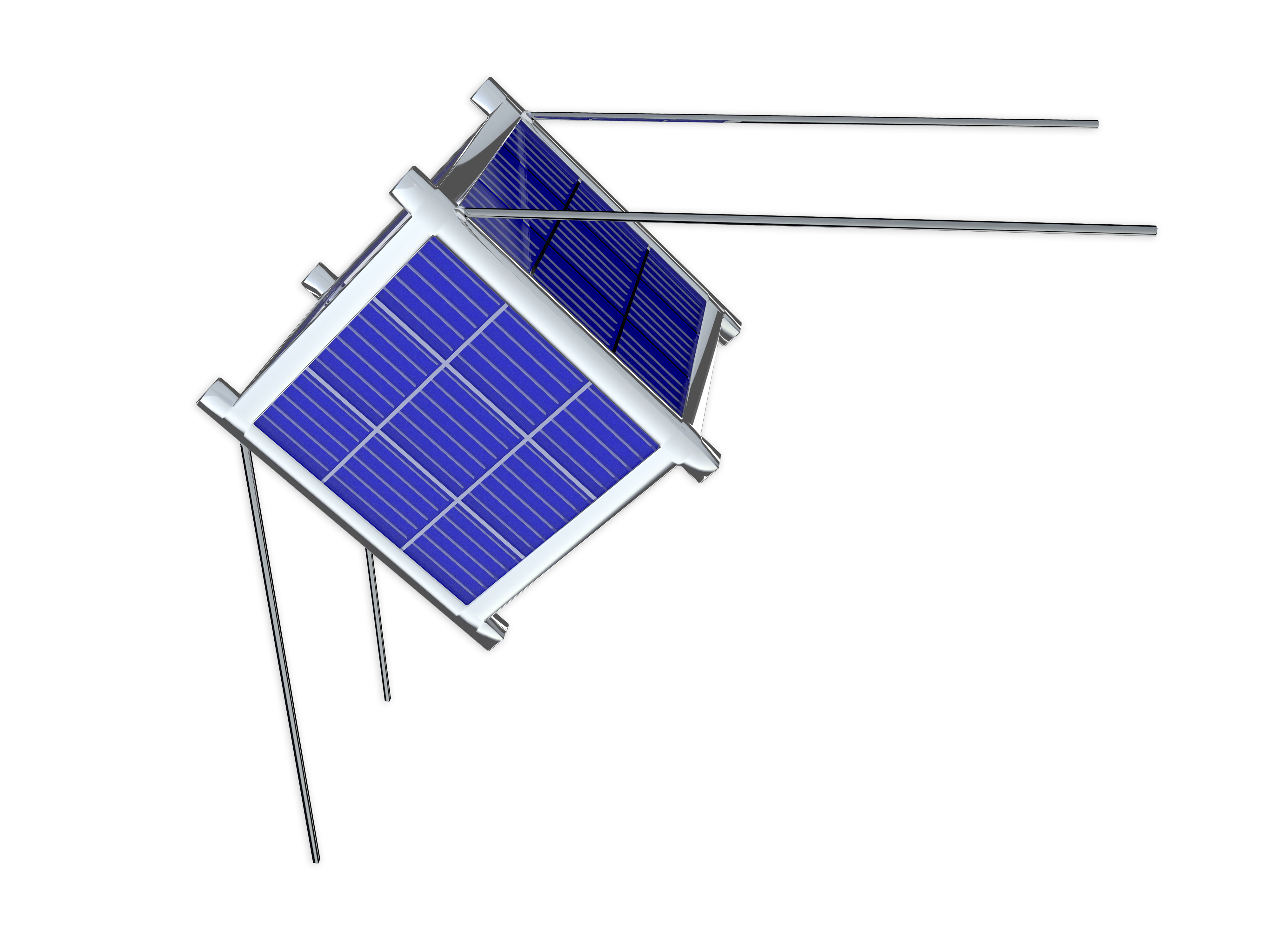
Previously mentioned Vector Space Systems here. A video at Behind the Black prompted me to dive deeper. Here’s what I found.
8/3/17 – Behind the Black – Video of Vector test launch – Nice video of the second test launch from a new, private space company, Vector.
Company does not have their guidance control system installed so there is visible wobble a second or so after launch. The third launch will have G&C installed.
As one commenter at the post said, a little wobble is better than spontaneous disassembly.
Post led me to a quick search on the net, which showed me…
8/3/17 – The Verge – Private spaceflight startup Vector pulls off second test of its micro-rocket – A new startup, Vector, is working on two rockets, both designed to lift small satellites into low earth orbit. The Vector-R can carry up to 145 pounds while the Vector-H can carry 350 pounds.
Getting smallsats into orbit usually means hitching a ride on a big rocket when there is available room. That means you getting your cubesate into orbit is dependent on the schedule of the launch company and their customers.
Small rockets will allow a far more flexible schedule at far lower cost.
Vector hopes to reach a launch rate of 400 or 500 a year.
Cost will be low. Target for starting point of a launch is in the range of $1.5M up to $3M. (I’ll make a wild guess the $1.5M is for Vector-R and $3M is for Vector-H.)
The goal is very simple technology, very simple support structure, very fast launch rate, and very low cost. Two analogies in the article, both from the company, describe their plan. They want to deploy Model T technology while everyone else is working on cutting edge Mercedes tech. Also, they want to be the McDonalds of space launch.
Take another look at the launch video, noticing the lack of massive ground support equipment. The article says the company claims they can launch from about anywhere.
If you want to get a small sat or cubesat into orbit, McDonalds will be a better overall deal than Ruth’s Chris.
If you don’t have a bus-size satellite or don’t need to get to geo-sync orbit, Vector can get you into space.
I’ll make a not-so-very-wild-guess that Vector will have a full launch schedule by the time they start operational launches. I’ll further guess they could fill a schedule that has daily launches.
Vector Space Systems website – technical specs of rockets – The Vector-R (Rapide) and Vector-H (Heavy) use the same engines and same avionics.
The Vector-R and Vector-H both launch from a mobile transporter. Think about it – a mobile launch trailer, towable with a pickup truck.
Here are some specs from the company’s website, with a few conversions added:
| Vector-R | Vector-H | |
| mass to orbit, kg | 66 | 160 |
| mass to orbit, lb | 146 | 353 |
| launch rate per year | 100 | 25 |
| size | 12m x 1.1m | 16m x 1.1m |
| size | 39′ x 3.6′ | 52′ x 3.6′ |
| weight, kg | 6,000 | 8,700 |
| weight, lb | 13,228 | 19,180 |
| engines, first stage | 3 x 5,000 lb | 6 x 5,000 lb |
| engines, second stage | not listed | 1 x 800 lb |
I tried to get permission to use some of Vector’s cool photos, but after a few days haven’t yet heard back from their PR firm.